Wine — And A Whole Lot More — At Wente Vineyards
That Livermore’s Wente Vineyards makes first-class wines is a given.
But the oldest, continuously operating family-owned winery in the United States makes so much more on its 2,000 acres in Livermore, as I found out when I was I was invited for a tour recently.
Extra virgin olive oil. Herbs, fruits and veggies galore grown in its own garden. And even beef.
Yes, The Restaurant at Wente gets 12 steer a year from its own herd that graze on the hillsides. Like Japan’s famed Wagyu, these Black Angus cows get some special treatment, too: two glasses of its Charles Wetmore Cabernet Sauvignon daily for the last 90 days of their life.
“We don’t get them drunk,” Wente Chef Mike Ward says with a chuckle. “It helps them metabolize food better so they can eat more.”
Once a month, the chefs break down one cow. No easy feat, given that each side of beef is 600 pounds. Indeed, it can take as many as three days to fully butcher the cow, breaking it down into 52 different cuts. Nothing goes to waste, either. The bones are used to make stock. Off-cuts go into charcuterie. A custom blend is used for the restaurant’s popular burger garnished with comte and applewood-smoked bacon.
Given the bounty sourced right off the property, Ward, who has overseen the restaurant for three years, says: “Working here is like a playground for a chef.”
Though, he admits, it can be a challenge when 150 pounds of cabbage are harvested in one day from the nearby garden. Or the expected 3,400 pounds of tomatoes are picked this summer. Ward will sit down with his crew and brainstorm how to incorporate everything into dishes or devise ways to pickle or preserve the rest.
The restaurant composts 10,000 pounds of food waste a year that goes back into the garden. But Ward’s goal is to not compost anything that was originally grown in the garden. That’s music to the ears of Master Gardener Diane Dovholuk, who would understandably take offense that something she has toiled to grow would end up being wasted instead of consumed.
Dovholuk has been with Wente for 31 years — 11 working in the restaurant, and the rest overseeing the garden. She jokes that she got lost driving in Livermore, ended up at the restaurant, and promptly applied for a job as a server. She likes to think that it was fate that brought her here.
A longtime home gardener, Dovholuk says she nagged CEO Carolyn Wente until she let her start a garden here.
At first it was piecemeal operation on various tiny, empty spots of land on the estate. But now it is a 3/4-acre organic garden that is nothing short of paradise, abloom with color everywhere in summer. On what was once a little used vineyard property, the garden provides 44 percent of the restaurant’s produce needs when it is in full production in spring, summer and fall.
There are 80 different varieties of fruits and veggies thriving in neat rows, as well as a small greenhouse to grow microgreens.
At the start of the year, Dovholuk and Ward sit down together to peruse seed catalogues. The garden is planted with everything from hibiscus flowers to trumpet-shaped Trombetta squash (so huge that one can probably feed four people) to shishito peppers to Persian cucumbers.
There are more unusual items, too, such as purple heirloom tomatillos that are sweet unlike their tangy green cousins; Golden Autumn apricots that ripen in fall rather than summer; and Blue Jade corn with striking blue-gray kernels. This is the second season that Dovholuk is attempting the latter. Each time, she’s been stymied by voracious squirrels that end up eating the cobs before they are mature enough to pick. Unfortunately, it looks like the critters are winning again this year.
Amid this natural splendor, the garden sometimes plays host to special dinners, lunches, and classes, where guests are taught how to make bouquet garni, tea bags or lavender sachets — all made from what’s grown around them.
“I want to inspire people and educate them” Dovholuk says. “I want them to have a relaxing time here and forget about everything else. They come here and they are restored.”

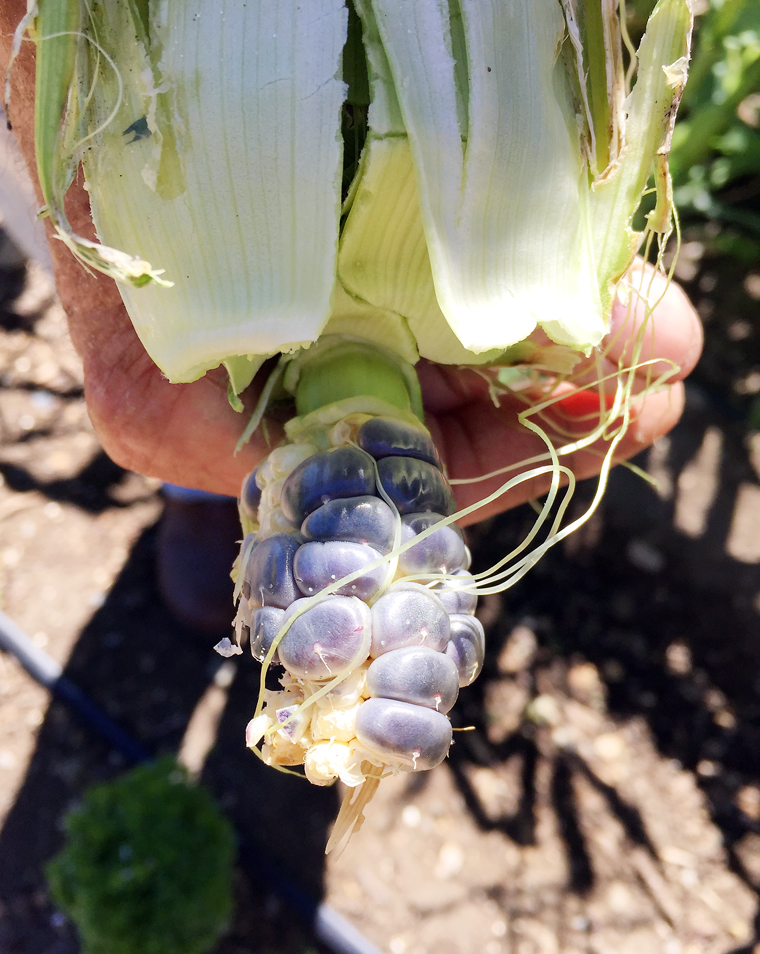
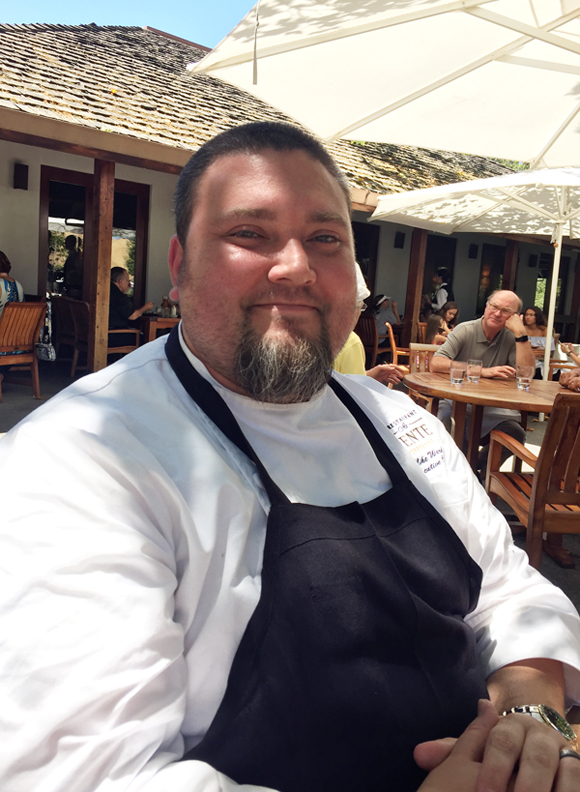
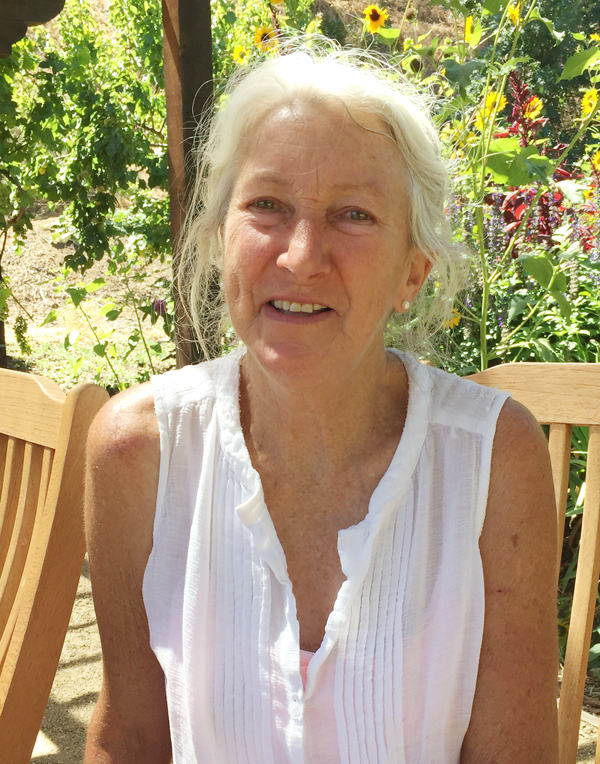
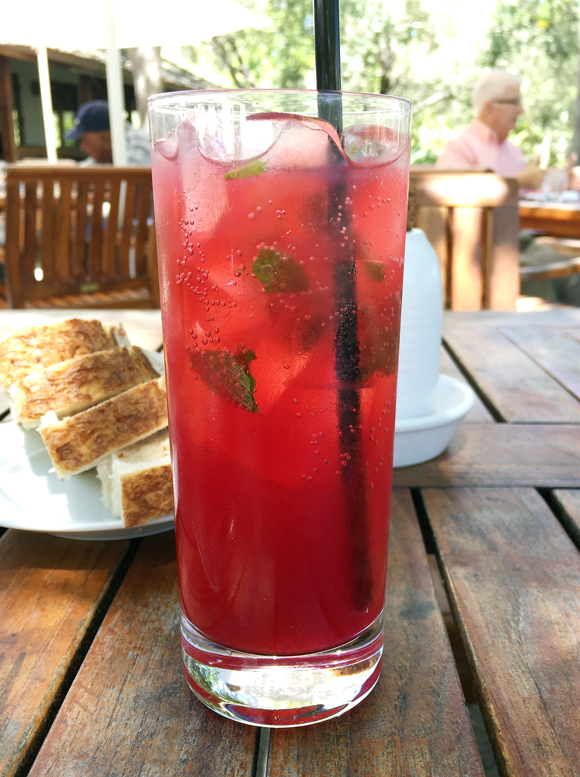
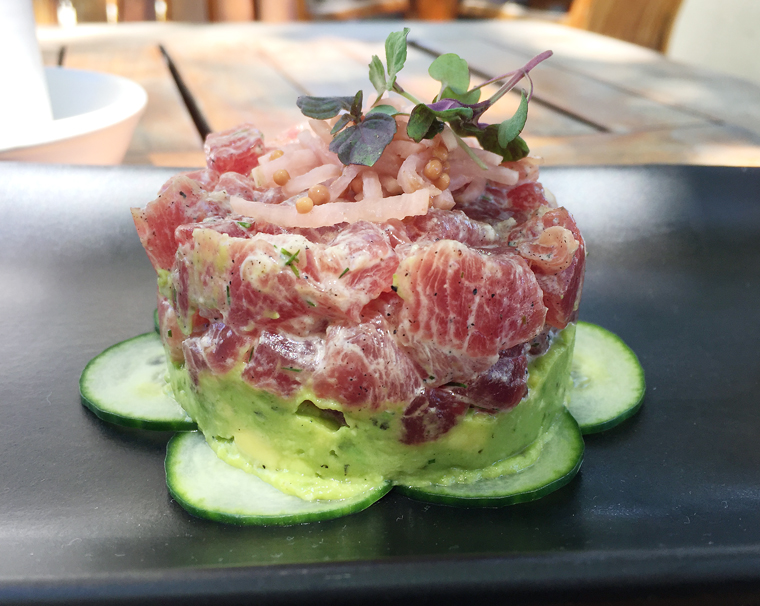
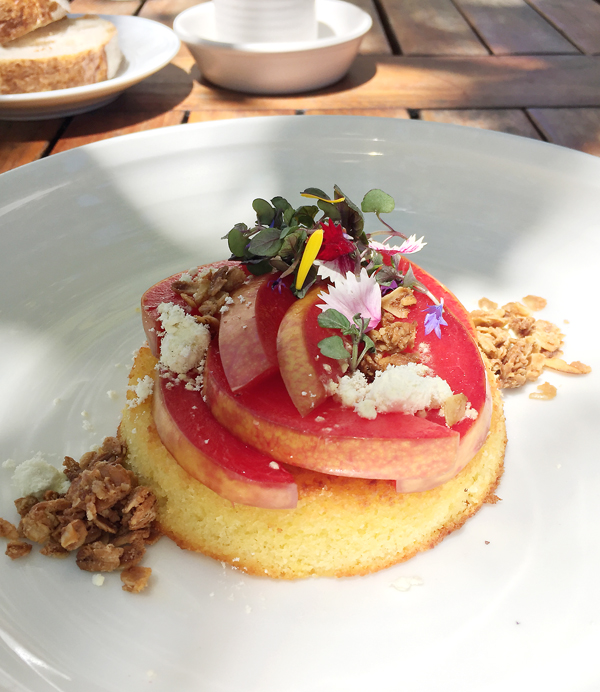


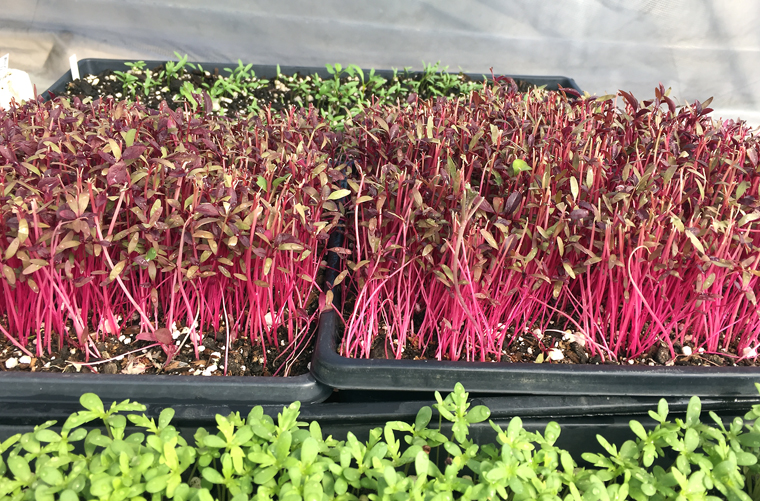
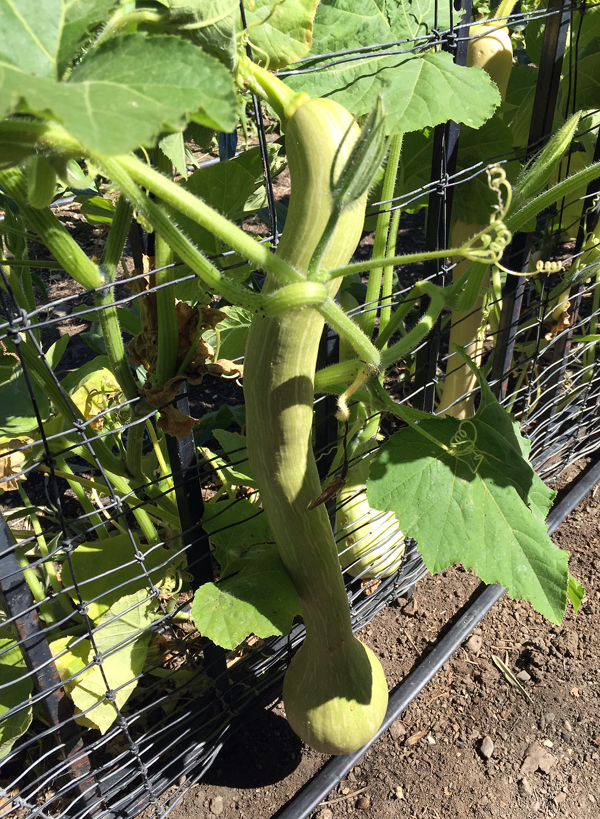

That blue jade corn looks so beautiful. Wished we could see what they would have done to cook with it. But still, everything else looks like an amazing way to spend some time at a winery.